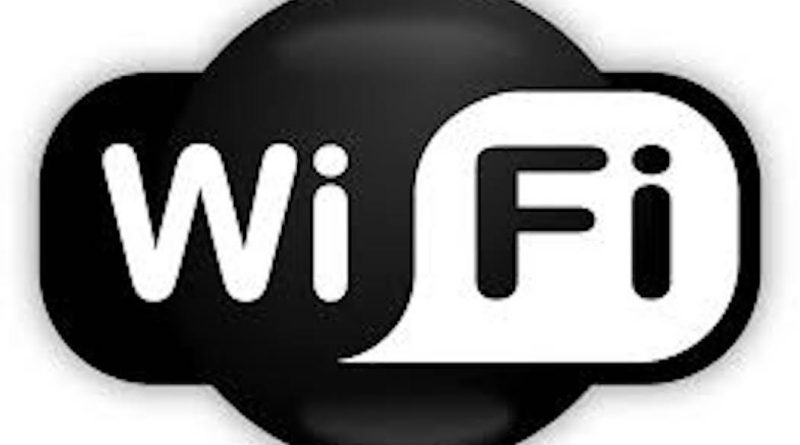Campus Wi-Fi Overhaul: A New System Promises a Stronger Wireless Community
Cover photo from needpix.com
Tori Miller
Contributing Writer
This story was written before the suspension of in-person classes or closure of campus housing for most students due to the coronavirus pandemic
Over the next four years, the networking team at the University of Dayton guarantees noticeable and positive differences in wireless signal.
A few members of the team gave insights on improving the wireless signal across campus. The process of making improvements to wireless signals in residential areas, and to any areas known to have “gaps” around campus, has already been kick-started.
“First and foremost, our main goal is to create a seamless network environment for our campus,” said Devin Smith, director of networking at UD.
This network environment entails students and staff members having the same experience no matter where they are connected to the internet on campus. Smith also stated that the hardware, or infrastructure, of the current wireless system is aging and will be receiving an upgrade.
This gave UD’s networking staff the opportunity to look into other internet manufacturers in order to pick the best fit for the campus’ growing needs. Ultimately, the system will change from Cisco to Aruba.
“The deciding factor was that the Aruba product provides some features that we were specifically looking for to offer as benefits to the students,” said Tom Matthews, lead network engineer.
One benefit includes catering to consumer line products, such as newer Apple products, Google Homes or any devices designed for smaller home networks.
The plan to upgrade begins with replacing the 2,500 access points already installed across campus and increasing the overall number by an additional 500. This will be the biggest enhancement, designed to have more stability and performance quality.
Kim Conde, the communications and training team lead with information technologies, described the tedious process of implementing these new access points. Completing the process will take time due to the physical work of installing each individual access point. Each access point has to be replaced one by one and by a technician, taking several months to finish due to the large number of access points
The process of replacing access points in residential areas will take place in the summer to avoid interference between students and workers. Phase one of the operation started in summer 2019 and resulted in half of the residential population gaining a revamped network. Phase two is scheduled for summer 2020 with hopes of finishing all residential living spaces and moving onto academic buildings.
While improvements are on the radar, students should expect some minor growing pains as the Wi-Fi replacement continues. Some problems are not apparent until the network is managing the full load of student activity; UDit asks that community members help in this transition by promptly reporting any network issues they might experience, so it can promptly address any unforeseen problems with the new system.
This can be done by calling the UDit Service Center desk phone number 937-229-3888, or by visiting https://udayton.edu/udit/ online.
For more campus news like Flyer News on Facebook and follow us on Twitter (@FlyerNews) and Instagram (@flyernews)

